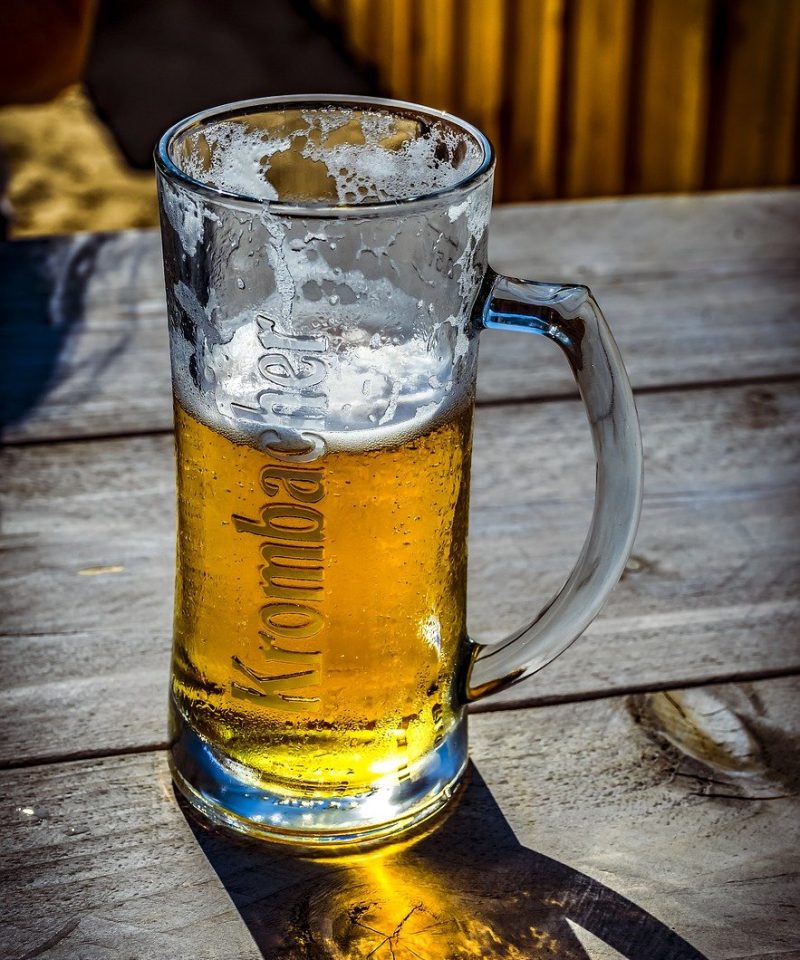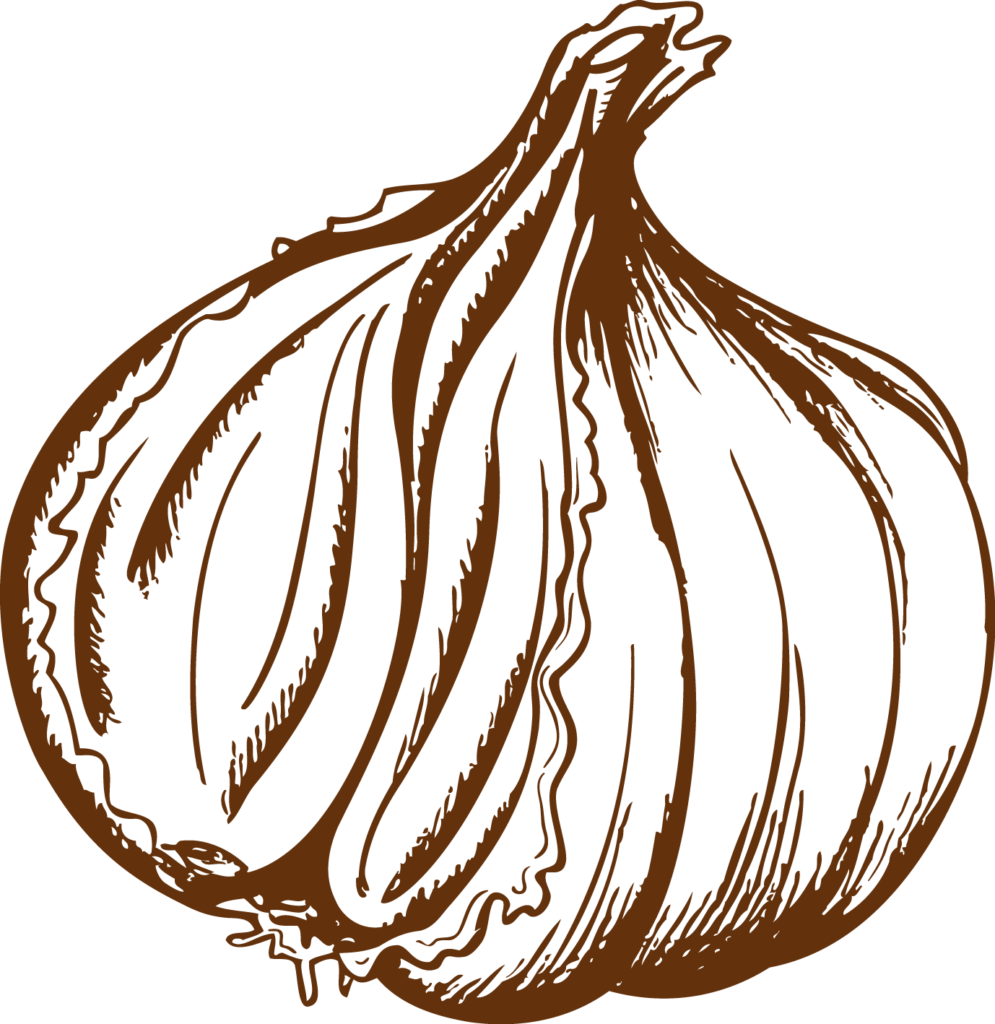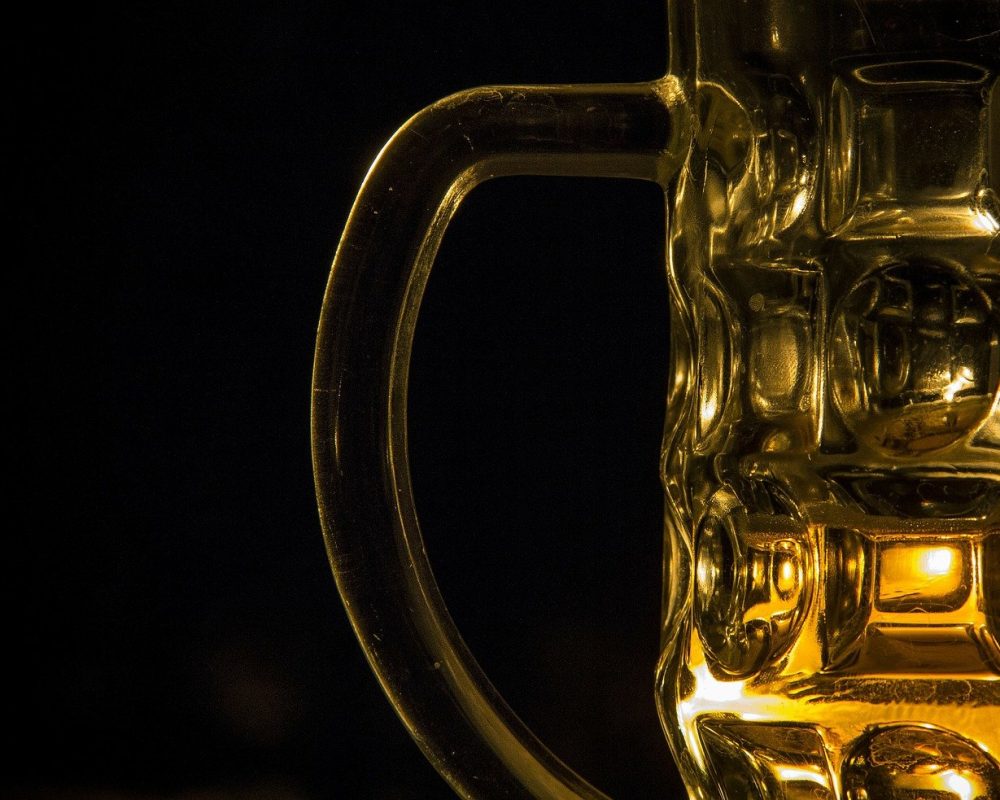Select a THG Location to see Their Beer Menu:
Hanover Park | Lemont | Oswego | Palatine | Plainfield | St. Charles
WE LOVE BEER, IT’S WHAT WE DO
If you don’t already know what Craft Beer is, it is a beer made by a craft brewery. An American craft brewer is small, independent and traditional with annual production of beer less than 2 million barrels.
Craft Beer Tastes Better!
Craft brewers spend their time focusing the quality of their beer. Craft brewers put their heart and soul, as well as, lots of amazing ingredients into every beer they brew and don’t cut any corners. We do tap takeovers and night of the flights regularly at the restaurants. This is a great way to introduce yourself to new products and expand your beer horizon.
Craft Beer And Good Food Go Hand In Hand!
Pairing craft beer with fine cuisine has become a hugely popular trend in the food industry. One could even argue that craft beer is becoming more popular than wine as the drink of choice while fine dining. Ever heard of a beer and cheese party? Rye’s and Pies party? Most people haven’t… yet. Check out the great beer/food pairing information at Craftbeer.com for some beer/food pairing ideas, and stop by one of our restaurants and enjoy a food pairing event.
Czech Pilsener
Pilsner beer was first brewed back in the 1840’s. The birth of Pilsner beer can be traced back to its namesake, the ancient city of Plzen, which is situated in the western half of the Czech Republic. It will also occasionally be named a Bohemian Pislner. It is light straw to golden color and crystal clear. Hops are very prevalent, usually with a spicy bitterness and/or a spicy floral flavor and aroma. Smooth and crisp with a clean malty palate, many are grassy.
[ Suggested Food Pairing: Mild Wings, Apple Grape Salad with Shrimp OR Chicken ]
German Pilsener
Classic German Pilsners are very light straw to golden in color. They are also well-hopped, brewed using Noble hops such has Saaz, Hallertauer, Hallertauer Mittelfrüh, Tettnanger, Styrian Goldings, Spalt, Perle, and Hersbrucker. These varieties exhibit a spicy herbal or floral aroma and flavor, often times a bit coarse on the palate, and distribute a flash of citrus-like zest–hop bitterness can be high. This craft brew is a perfect addition to monthly beer club meetings and can even be coupled with our professional catering services.
[ Suggested Food Pairing: Pretzels, BBQ Pork Sando ]
Kölsch
Light to medium in body with a very pale color. Hop bitterness is medium to slightly assertive. A somewhat vinous (grape-y from malts) and dry flavor make up the rest.
[ Suggested Food Pairing: Salmon Entrée, Salmon Salad, Chop Chop w Chicken ]
Milk Stout
Milk stouts are basically stouts that have a larger amount of residual dextrins and unfermented sugars that give the brew more body and sweetness.
[ Suggested Food Pairing: Kit Kat, BBQ Pork Sando, BBQ Wings ]
Russian Imperial Stout
Inspired by brewers back in the 1800’s to win over the Russian Czar, this is the king of stouts, boasting high alcohol by volumes and plenty of malt character. Low to moderate levels of carbonation with huge roasted, chocolate and burnt malt flavors. Often dry. Suggestions of dark fruit and flavors of higher alcohols are quite evident. Hop character can vary from none, to balanced to aggressive.
[ Suggested Food Pairing: Choc Cake, Twin Filets, Tipsy Stout Burger ]
Scotch Ale/Wee Heavy
Compared to Scottish Ales, this style will be sweeter and fuller-bodied, and of course higher in alcohol, with a much more pronounced malty caramel and roasted malt flavor. A low tea-like bitterness can be found in many examples.
[ Suggested Food Pairing: Tipsy Stout Burger, Poutine, BBQ Pork Sando ]

Beer 101
American IPA
The American IPA is a different soul from the reincarnated IPA style. More flavorful than the withering English IPA, color can range from very pale golden to reddish amber. Hops are typically American with a big herbal and / or citric character, bitterness is high as well. Moderate to medium bodied with a balancing malt backbone.
[ Suggested Food Pairing: Quesadillas, Drunken Shrimp, Hot Wings ]
American Pale Ale
Of British origin, this style is now popular worldwide and the use of local ingredients, or imported, produces variances in character from region to region. Generally, expect a good balance of malt and hops. Fruity esters and diacetyl can vary from none to moderate, and bitterness can range from lightly floral to pungent.American versions tend to be cleaner and hoppier, while British tend to be more malty, buttery, aromatic and balanced.
[ Suggested Food Pairing: Stuffed Burger, Meat and Potatoes, Prime Rib Trio ]
Belgian Witbier
A Belgian Style ale that’s very pale and cloudy in appearance due to it being unfiltered and the high level of wheat, and sometimes oats, that’s used in the mash. Always spiced, generally with coriander, orange peel and other oddball spices or herbs in the back ground. This craft brew’s crispness and slight twang comes from the wheat and the lively level of carbonation.
[ Suggested Food Pairing: Drunken Shrimp, Fish N Chips, Calamari ]
ESB (Extra Special Bitter)
Despite bitter being in its name, ESBs are not really that bitter. The key to an ESB is balance. ESBs are essentially more aggressive and more balanced than Bitters, both in alcohol and hop character. Malts tend to be more pronounced, often toasty and fruity.
[ Suggested Food Pairing: Fish N Chips, Chicken Mac N Chz ]
Hefeweizen
A south German style of wheat beer (weissbier) that has unique flavors of banana and cloves with an often dry and tart edge, some spiciness, bubblegum or notes of apples. Little hop bitterness, and a moderate level of alcohol. The “Hefe” prefix means “with yeast”, hence the beers unfiltered and cloudy appearance.
[ Suggested Food Pairing: Chicken Ceasar Salad, Mushroom Press, Chicken Melt Sando ]
Märzen/Oktoberfest
Before refrigeration, it was nearly impossible to brew craft beers in the summer due to the hot weather and bacterial infections. Brewing ended with the coming of spring, and began again in the fall. Most were brewed in March (Märzen). These brews were kept in cold storage over the spring and summer months, or brewed at a higher gravity, so they’d keep. Märzenbier is full-bodied, rich, toasty, typically dark copper in color with a medium to high alcohol content.
[ Suggested Food Pairing: Quesadilla, Steak Tacos, Chocolate Cake ]
Oatmeal Stout
Generally medium to full bodied stouts that have an unreal smoothness to them from the addition of oats to the mash.
[ Suggested Food Pairing: Shepards Pie, Meat and Potatos, Doughnuts ]
Saison Ale
Saisons are sturdy farmhouse ale that was traditionally brewed in the winter, to be consumed throughout the summer months. Not so long ago it was close to being an endangered style, but over recent years there’s been a massive revival; especially in the US. This is a very complex style; many are very fruity in the aroma and flavor. Look for earthy yeast tones, mild to moderate tartness. Lots of spice and with a medium bitterness. They tend to be semi-dry with many only having touch of sweetness.
[ Suggested Food Pairing: Salmon Entrée, Fish Tacos, Shrimp Tacos, Apple/Grape Salad ]
Scottish Ale
Scottish Ales traditionally go through a long boil in the kettle for a caramelization of the wort. This produces a deep copper to brown in colored brew and a higher level of unfermentable sugars which create a rich mouthfeel and malty flavors and aromas. Overall hop character is low, light floral or herbal, allowing its signature malt profile to be the highlight. Smoky characters are also common. This Scottish Ale craft brew is a perfect addition to a monthly brew club meeting. We also encourage interested parties to contact our team for professional catering services for a perfect combination to all craft brew beverages.
[ Suggested Food Pairing: Kit Kat, Shepards Pie, Filet Trio ]

Brewing Terms
Alcohol by Volume
Amount of alcohol in beer in terms of percentage volume of alcohol per volume of beer.
ALE
Beers distinguished by use of top fermenting yeast strains, Saccharomyces cerevisiae. The top fermenting yeast perform at warmer temperatures than do yeast’s used to brew lager beer, and their byproducts are more evident in taste and aroma. Fruitiness and esters are often part of an ale’s character.
Barley
A cereal grain that is malted for use in the grist that becomes the mash in the brewing of beer.
Barrel
A unit of measurement used by brewers in some countries. In Britain, a barrel holds 36 imperial gallons (1 imperial gallon = 4.5 liters), or 1.63 hectoliters. In the United States, a barrel holds 31.5 US gallons (1 US gallon = 3.8 liters), or 1.17 hectoliters.
Bitterness
The perception of a bitter flavor, in beer from iso-alphaacid in solution (derived from hops). It is measured in International Bitterness Units (IBU).
Wort
The solution of grain sugars strained from the mash tun. At this stage, regarded as “sweet wort”, later as brewed wort, fermenting wort and finally beer.
Yeast
A micro-organism of the fungus family. Genus Saccharomyces.
Lager
Beers produced with bottom fermenting yeast strains, Saccharomyces uvarum (or carlsbergensis) at colder fermentation temperatures than ales. This cooler environment inhibits the natural production of esters and other byproducts, creating a crisper tasting product.

Cask
A closed, barrel-shaped container for beer. They come in various sizes and are now usually made of metal. The bung in a cask of “Real” beer or ale must be made of wood to allow the pressure to be relived, as the fermentation of the beer, in the cask, continues.
Dry-Hopping
The addition of dry hops to fermenting or aging beer to increase its hop character or aroma.
Hops
Herb added to boiling wort or fermenting beer to impart a bitter aroma and flavor.
IBU
International Bitterness Units. A system of indicating the hop bitterness in finished beer.
KEG
One-half barrel, or 15.5 U. S. gallons. A half keg or, 7.75 U. S. gallons, is referred to as a pony-keg.
Microbrewery
Small brewery generally producing less than 15,000 barrels per year. Sales primarily off premises.

